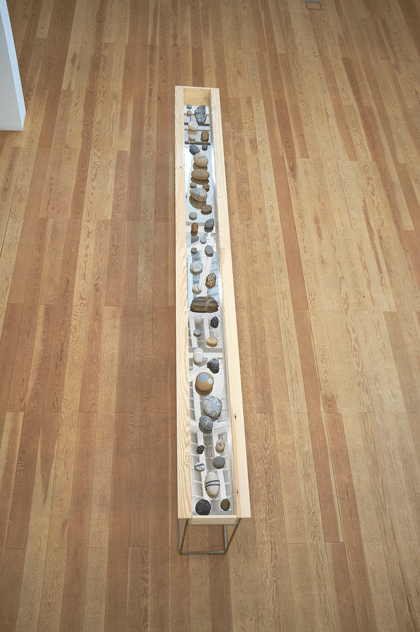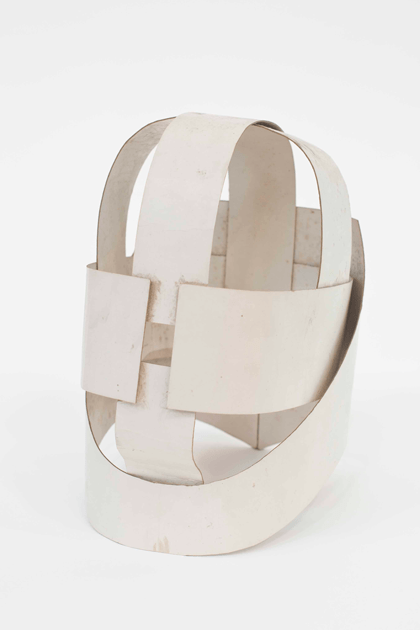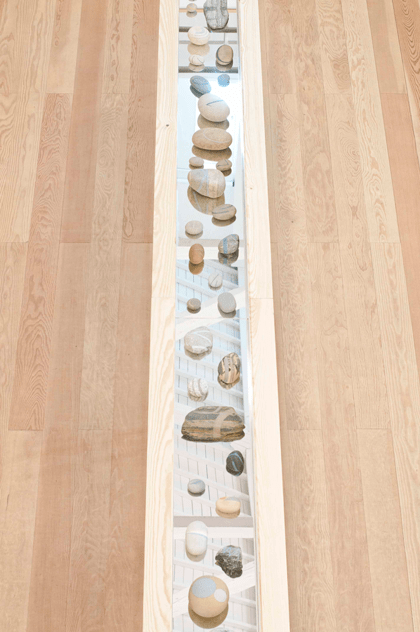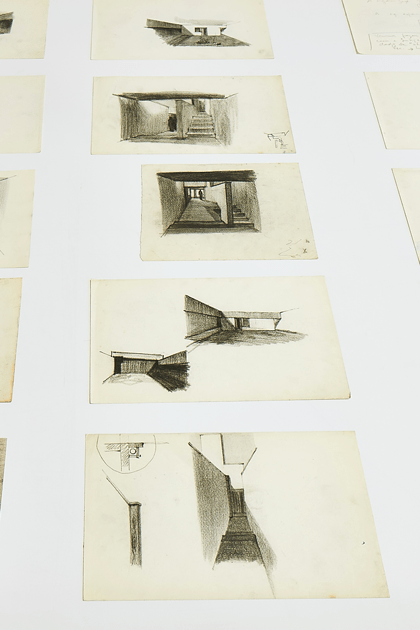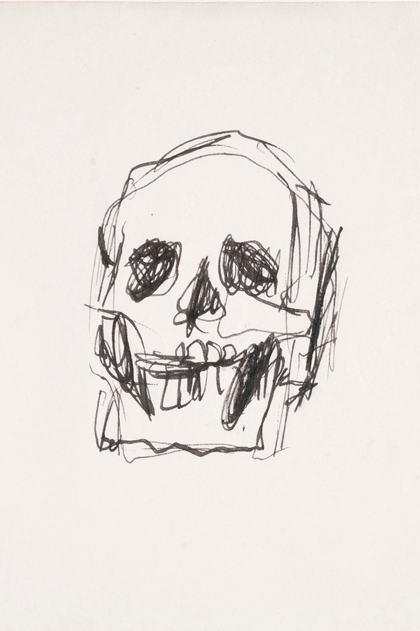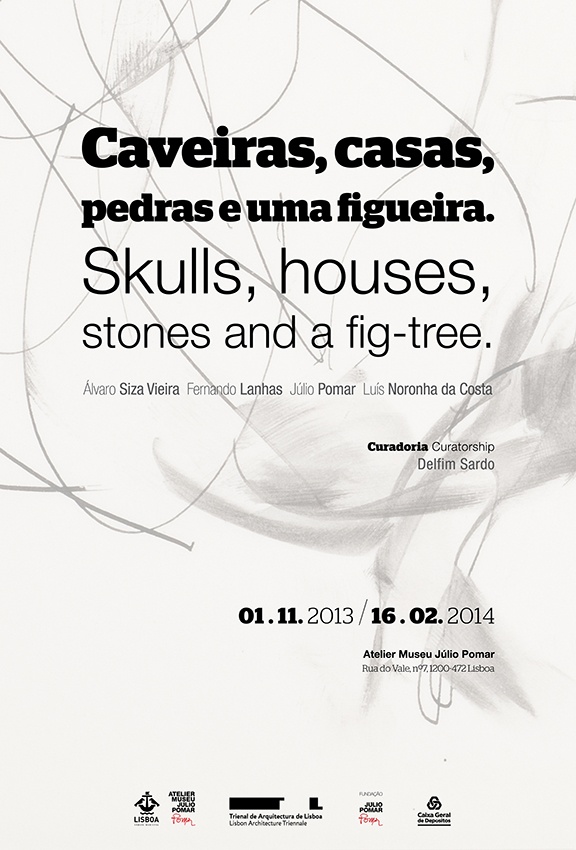
The Júlio Pomar Studio-Museum was opened on 5 April 2013. It soon became clear that the people flocking to it largely come from either the world of the visual arts or the world of architecture. Schools, lovers of architecture, and professionals working in the field have come to this cultural institution to see not only the painter’s work but also the building that houses it. The Atelier-Museu has received visitors who have come specifically to study the space, to analyse structural questions as well as the exterior outline of the façade and the patio at the rear, to examine the system for closing the windows and other technical details that would probably escape the layman.
The attention aroused by the architectural complex is not unexpected given that the conversion of the pre-existing building into a museum was planned by architect Álvaro Siza Vieira, a giant figure in the field whose involvement has attracted the interest of many specialists.
Part of the programme of events for the 3rd Lisbon Architecture Triennale, the exhibition ‘Houses and Skulls, Stones and Fig Trees , which features works by Álvaro Siza Vieira, Fernando Lanhas, Júlio Pomar, and Luís Noronha da Costa, emerges in an area of convergence between the different disciplines practised by these creators, celebrating the spirit of invention that drawing lends to those disciplines when it is distanced from technical conventions.
Delfim Sardo, who has long emphasized the correlation between the visual arts and architecture, was entrusted with curating the exhibition, which reveals the difference, the necessary distance, between those disciplines as well as the undeniable links that bind them. Although both cultivate mechanisms for representing reality, the job of architecture is to design spaces with the effective ability to shelter the body while the visual arts can concern themselves with more intangible areas of dwelling, thereby enjoying enormous freedom.
In this context, drawing takes on particular relevance by establishing some of those links. Through the practice of drawing, ideas are embodied and the skeletons of buildings, houses or structures are established. Drawing launches structures and lays the first stones. It also functions as a kind of music, a rhythm, that leads the body to investigate the most intimate places, making it possible for them to exist and turning them into inhabitable realities. In Pomar’s words,
‘drawing might be nothing more than falling into the trap of a line, capturing the trace of the disruption that restores presence to things’.
Involving trial and error, repetition, and a flight from rules, drawing allows a previously non-existent image to be brought to the surface of the page. This process seems to involve a movement that artists lead but do not entirely control, as if, in certain moments, the stroke of the pencil moves ahead of them, incorporating figurations that they themselves do not recognize. Pomar talks of the magic instant involved in the act of drawing:
‘Themes and variations: the title that Matisse gave in 1943 to a series of 158, obsessively repetitive drawings was inspired by music. (…) When the painter gives himself over to the ‘vice’ of apparently copying himself, the sheets of paper whose whiteness is marked by the play of signs – signs that will be roughly but never exactly the same – tend to multiply like the leaves on a tree. Matisse also made the following observation: ‘on a fig tree, no leaf is the same as any other; they all have different shapes: nevertheless, each one of them shouts: fig tree’.
[in ‘Catch: Thèmes et Variations’, 1983]
In short, perhaps it could simply be said that drawing is guided by a sensitive intelligence and provided overwhelming justification for the exhibition that the Atelier-Museu hosted in a specially developed partnership with the 3rd Lisbon Architecture Triennale.
It is also pertinent here to extend a special thanks to the Júlio Pomar Foundation, which has tirelessly supported the projects developed at the Atelier-Museu, contributing to the construction of new interpretations of the painter’s work.
[Sara Antónia Matos]
